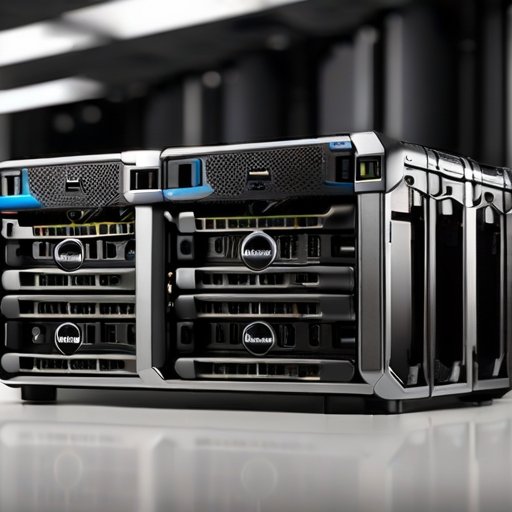Last Updated on April 20, 2025 by sunjava22
Updating Dell PowerEdge Servers the Easy Way: A Step-by-Step Guide
Are you a proud owner of Dell PowerEdge servers in your home lab but struggling with how to update them now that they are no longer supported? Look no further, as this article will show you an easy and efficient way to update your PowerEdge servers using the Dell EMC Repository Manager software.
The first thing you need to do is head over to Dell’s support page for PowerEdge servers and select your server model. You will see a list of updates available for download, but keep in mind that you need to choose an operating system that is compatible with your server. However, downloading updates individually can be tedious and time-consuming. This is where the Dell EMC Repository Manager comes in.
You can easily download the Dell EMC Repository Manager software from the Dell support page. Once installed on your Windows system, you will be greeted with a not-so-intuitive interface. But don’t worry, this article will guide you through it step-by-step.
The first step is to add a repository for your server. You can click on the “Repository Manager” tab and then go to “Add Repository.” Here, you need to select the “Custom” option under Catalog Groups and choose the “Update Catalog GZ format for Enterprise Servers.” Then, scroll down and select the December 2019 update catalog, which is the last one that supports 11th-generation servers like the R710. Click “Save” to import this file into the software.
Next, you need to select the system you want to create a repository for. You can choose your server model from the drop-down menu and click on “Save.” This will create a new repository with all the necessary updates for your server.
But what if you have specialized updates, like for a specialized RAID card? In that case, you can create a trimmed-down version of the repository by selecting the components you want to exclude from the updates. This will ensure that your customized setup remains intact.
Once you have created the repository, it’s time to generate a bootable ISO file that will update your PowerEdge servers. Click on the repository and go to “Jobs” to see the progress of the ISO file creation. This can take a while, so be patient. Once it’s done, you can transfer the ISO file to a USB drive using a tool like Rufus.
Now that you have your bootable ISO file, it’s time to update your server. The process is simple – just boot from the USB drive and follow the on-screen instructions. The updates will be applied automatically, and you will have a fully updated server in no time.
But what about devices like the R710 that are no longer supported? You can still use this method to update them! Just follow the same steps and select the appropriate system and catalog while creating the repository. This method is extremely useful for servers that have reached end-of-support but are still in use in home labs.
There is another advantage of using the Dell EMC Repository Manager – you can create a customized repository for any device in your inventory, not just PowerEdge servers. This allows for easy management and updates for all your Dell devices.
Conclusion
Updating Dell PowerEdge servers may seem like a daunting task, especially with the discontinuation of support for older models. But with the Dell EMC Repository Manager software, it’s easier than ever. Just follow the simple steps outlined in this guide, and you will have updated servers ready for use in no time. So why wait? Give it a try and see for yourself how easy it is to keep your Dell PowerEdge servers up-to-date!




